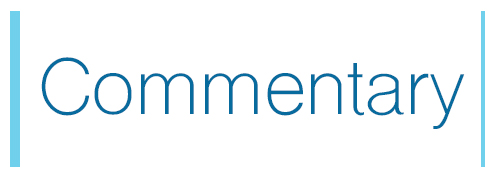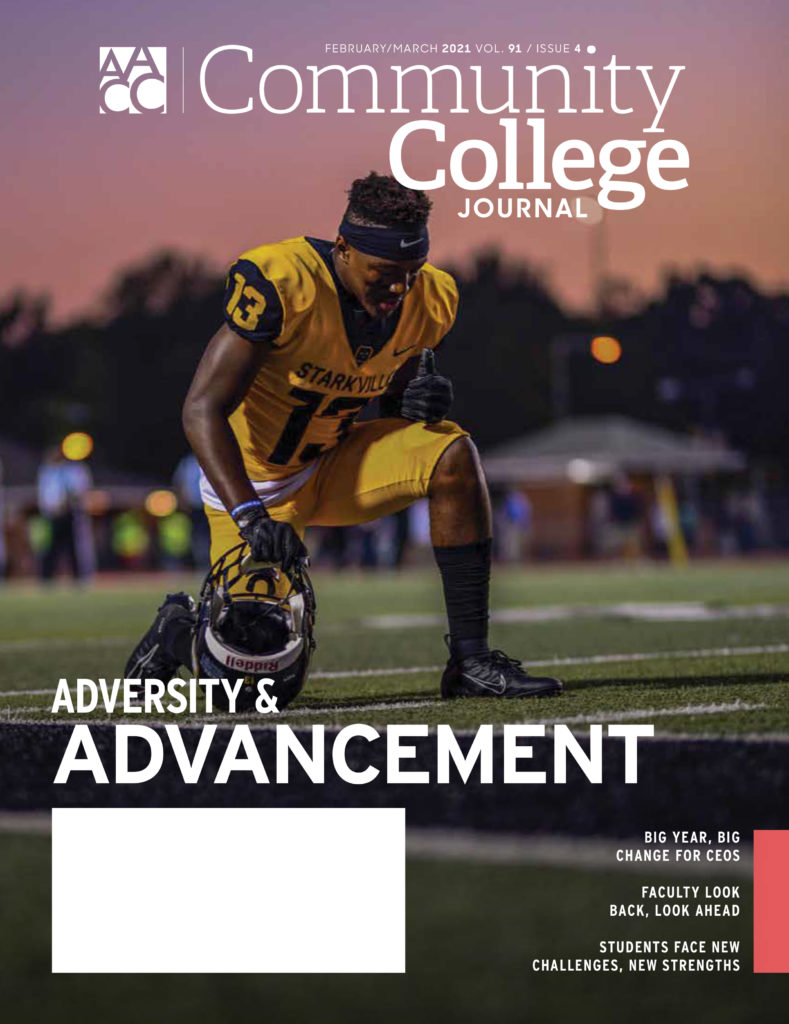March 2020 changed the world of education forever. Upon the initial emergence of Covid-19, many educational institutions were forced to close their doors completely, halting instruction for thousands of students.

But in the coming months, schools pivoted to a new model of education, a new “normal” that we at San Antonio College (SAC) believe must be embraced by educational institutions moving forward if we are to remain relevant and accessible to our student populations.
While I am confident we will see the end of the current pandemic, I am also confident that the lessons we’ve learned — the importance of flexible online education, free open educational resources, and expanded online access to tutoring and advising — will be important to preserve and build upon if we are to continue to meet the challenges and expectations of the 21st-century student.
Overcoming underfunding
As educators, we knew a new focus and reliance on remote learning was developing, but Covid-19 created a sense of urgency that was unprecedented for colleges across the U.S. With that urgency came severe fiscal obligations. Federal budget shortfalls meant that colleges, and Hispanic-serving institutions, in particular, were already substantially underfunded.
This excerpt comes from the February/March 2021 issue of the Community College Journal, which is published by the American Association of Community Colleges.
A 2019 report by the Center for American Progress found that “the total [federal] funding available for HSIs represented just $87 per Latinx student enrolled.” This becomes even more alarming when you realize that nearly “6.2 million more Latinx students will need to earn a college degree over the next 10 years in order for the U.S. to regain top international standing in college completion, meet workforce needs, and see a strong recovery from the pandemic.”
The students themselves were already hurting; over 77% of SAC’s entire student body attends part-time, which means many are also working part- or even full-time jobs to subsidize their education. With the loss of many jobs due to the economic downturn, many of these students are struggling to enroll in classes to continue their education. Many of our students are also mothers and fathers, responsible for their families amidst an uncertain K-12 education/childcare environment.
For our institution, pivoting to a remote-only format brought many financial costs — some expected, some unexpected — that were initially mediated by the HEERF CARES Act. But moving forward, we know that we’ll need to sustain these costs for an indefinite period of time. While our institution was already in the process of preparing for many of these inevitabilities — flexible course scheduling/advising, wraparound student support services — the current pandemic has required us to face these challenges head-on and with a renewed urgency.
Maintaining quality
In the past few months at San Antonio College — an urban HSI located in the heart of inner-city San Antonio, Texas — we’ve learned to adjust. Remote learning cannot sacrifice quality for convenience; as a Quality Matters-credentialed community college, our faculty recognize the importance of excellent, quality-focused distance educational instruction.
Faculty have risen to the challenge, offering extended online office hours and revising course curriculum and assignments to address any potential limits of the remote learning environment. We’ve also expanded our online availability and presence of advisors, enrollment coaches and tutors. Our students can access these services via chat and Zoom rooms instantly, meaning that the formality of setting up appointments and going physically to campus is no longer a necessity.
In recent months, we’ve seen a significant spike in student participation in these services, and we look forward to maintaining this system even after a full return to face-to-face learning. We’ve also boosted our existing student support services, including wraparound services provided by our on-campus Advocacy Center.
By remaining accessible throughout this health emergency, we’ve been able to continue services for students suffering from food and housing insecurities. Our case management services are now offered in chatrooms, through helplines, and in Zoom rooms, and we’ve continued to link our students with community, state, and federal resources that can help.






